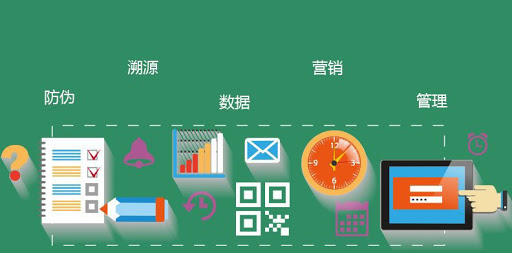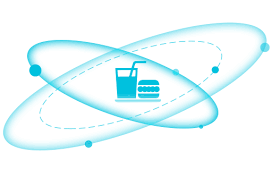Blockchain, the technology underlying Bitcoin, has come a long way since its debut in 2008. Today, many companies and governments around the world are exploring new applications in which blockchain can track not only the circulation of cryptocurrencies, but also real-world objects and events. But this is also the "Achilles heel" of enterprise-level blockchains.

To understand why, let's go back to where it all started. When Bitcoin first appeared, the common reaction among many people was: why would I want to trade my hard-earned money for it? The answer is clear, because Bitcoin has value. Whoever and how much bitcoin is held is recorded on the blockchain. This "record" is very interesting because most of the "records" are true facts that are independent of the record itself. For example, your birth certificate seems to record a real event, but the information of your birth date, time, and place exists outside the certificate. Birth is a real event. We can design a blockchain to These events are recorded, but the events themselves are independent of the blockchain. Unlike the bitcoins you hold, there is no block information that can determine when and where you were born. This means that the blockchain has the potential to be inaccurate. Just like no one can tamper with on-chain financial statements, once your birth records are added to the blockchain, no one can change them. However, this does not ensure the accuracy of these records.
The same is true for many other enterprise-level applications of blockchain. Take supply chain management as an example. We can design a blockchain to track the entire journey of a diamond from the ore to the final jeweler, but that doesn't mean that the diamond we see is the one recorded on the blockchain. Likewise, in healthcare, we can record on the blockchain that you have been vaccinated against COVID-19, but that doesn’t mean the vaccine actually went into your arm. The blockchain can track and trace and authenticate anti-counterfeiting. Products produced and sold without "authorization" are counterfeit. However, "authorization" is completely invisible and intangible. The only thing that is close is the authorization certificate. Traditionally, we have no way to find it. The authorization certificate for each product cannot guarantee the uniqueness and exclusivity of this product authorization. In the words of the blockchain, counterfeiting is the "double spending" of the authorization. Most of the current blockchain anti-counterfeiting and traceability application projects are based on public chains or alliance chains.

In fact, it is not that we should only pursue precise applications of blockchains, some imprecise applications can still provide accuracy if they can be supplemented in some ways. For example, if there is some way to ensure that birth certificates are accurate when they are added to the blockchain, then the information added to the blockchain will be permanently stored and cannot be tampered with at will. Even the blockchain itself does not guarantee their accuracy. Perhaps precision is not important in imprecise applications or the concept of precision does not apply.
Although the unique charm of blockchain technology lies in precise applications-in these applications, the data contained in the blockchain is not about some independently existing reality (such as birth), but the reality stipulated by the blockchain itself (such as bitcoin). currency holdings). In these cases, the blockchain is (almost) infallible. For a long time, the only accurate application was cryptocurrencies. But that is changing, as exemplified by the current craze for non-fungible tokens (NFTs). In fact, MetaKovan’s $69 million purchase of Beeple’s digital artwork “Everydays” is not independent of the blockchain. Quite the opposite. He believes that NFT is a blockchain-based private property that is completely controlled by users and can be freely transferred and traded.

Blockchain technology mainly solves the authenticity and traceability of information, but in real-world scenarios, there are still many other problems in commodity traceability, and enterprises should consider more cost and application scenario restrictions. Some people say that blockchain traceability is a false requirement, because they mistakenly impose anti-counterfeiting requirements on traceability.